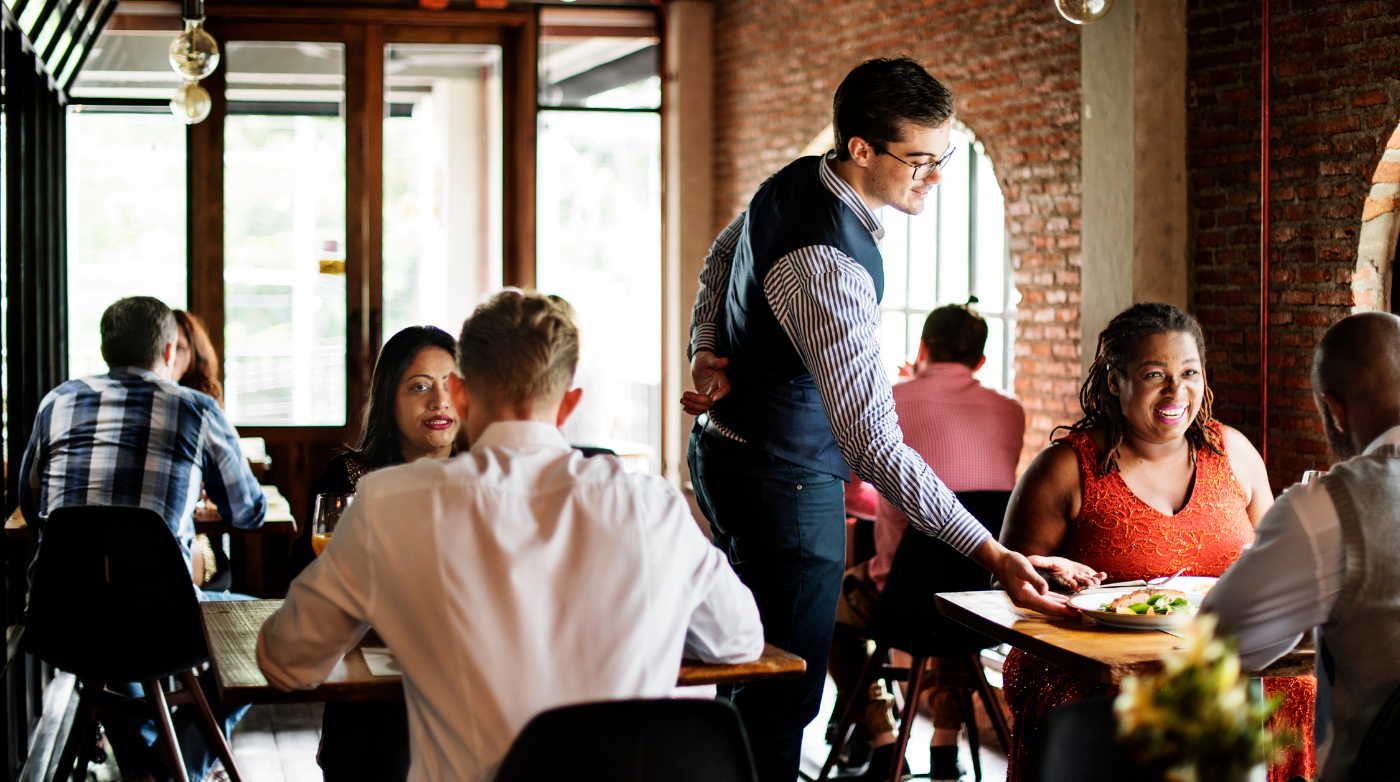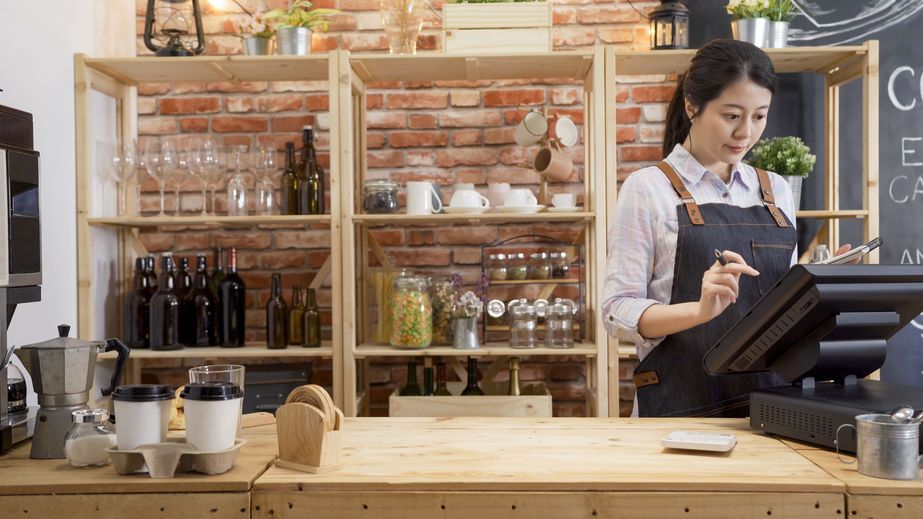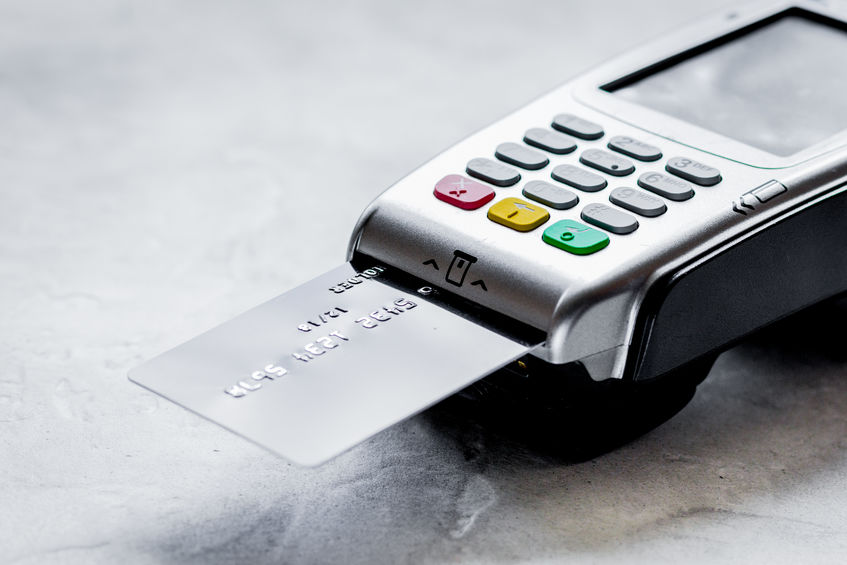The Restaurant Industry Continues to Struggle Amid COVID-19 in 2021
COVID-19 has caused enormous hardships for small business owners across the vast majority of industries, but perhaps no sector has been hit harder than food service. The rapid spread of the virus has damaged the restaurant industry in two major ways; far-reaching regulatory restrictions and changes to consumer behavior.
On the regulatory side, lawmakers in many of the country’s hardest-hit areas have put strict guidelines and restrictions in place limiting how restaurants can interact with customers and, in some cases, shutting them down altogether. Those restrictions, while necessary for public health, have handcuffed restaurants without robust delivery sales thanks to limitations on the number of customers that can dine indoors at any given time, if at all.
Even in areas where local or state governments haven’t introduced public health restrictions, worried consumers looking to avoid public spaces are choosing to eat at home more and more. In some ways, that’s equally damaging. Restaurants remaining open still have to keep the lights on and cover payroll, but must do so without the dine-in customers they depend on. The result is that, through Q4 2020 and into 2021, restaurants in the U.S. have seen year-over-year seated diner numbers cut by 60% or more on a majority of days, and industry-wide revenues took a $183 billion hit in 2020.
The New 2021 Stimulus Package and What Restaurants Can Expect
On December 27, 2020, a new $908 billion COVID-19 stimulus package was signed into law that will offer a number of benefits to both restauranteurs and their staff. The most publicized benefit from the new package is the $600 check that began going out to every adult in January. The package also includes additional benefits for workers, including an additional $300 per week in jobless benefits for unemployed adults.
For restaurant owners, the most important area of relief in the COVID-19 stimulus package is the reopening of the paycheck protection program (PPP), which will allow small businesses to apply for a second round of loans. The new package includes restrictions on PPP loans, limiting them to businesses with 300 employees or less who saw revenue reductions of 25% at a minimum – a welcome change after many small businesses were frozen out of the first round of PPP loans, which disproportionately went to large companies with deep coffers.
What Restaurants Can Do to Maximize Revenues as COVID-19 Surges
COVID-19 has shown no signs of letting up. with vaccinations set to run well into the late summer or fall at a minimum, restaurants looking to minimize the damage from the pandemic need to start proactively adjusting to the new reality of dining. That means depending on seated dining as a primary revenue driver will no longer cut it, and optimized online ordering with curbside pickup and delivery are a must.
Some restaurants turn to services like Uber Eats and DoorDash to provide turnkey third-party ordering and delivery infrastructure without the need for a significant upfront investment. That’s convenient, but it comes at a cost. While Uber’s $350 setup fee might seem attractive, they charge restaurants 30% on each order delivered through their service – an enormous fee that puts restaurants in the position of having to choose between bleeding off their profits or driving up prices.
A more involved, but far more profitable option is for restauranteurs to build out their own websites and online ordering systems so that they can offer hungry customers the delivery and pickup options they want without the need to depend on third-party providers. Once upon a time, that would’ve been a gargantuan task, but today, there are so many off-the-shelf online ordering systems available that getting started is almost entirely a matter of integration. Many of 2021’s most popular restaurant POS systems come with online and even app-based ordering built-in, and restaurants with older point-of-sales can look to services like Oracle’s Online Ordering System to bridge the gap through third-party integration.
Despite online ordering being more accessible than ever to even the smallest restaurants, many restauranteurs fail to adopt it because it seems more difficult or expensive than it really is. If you’re a restaurant owner looking to get online but unsure of how to do it, reaching out to your payment processing partner is a great place to start. BAMS offers our food service merchants expert guidance on selecting the right hardware and software payment solutions, including online ordering systems, and our restaurant merchant accounts integrate with all of the industry’s top POS systems.
If you’re ready to find out more about how BAMS can help your restaurant get ready to thrive in 2021 through seamless order processing and the lowest merchant fees in the industry, submit a quote request and get started with your free five-point price comparison today.




